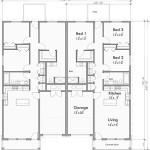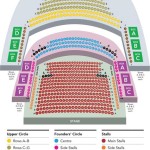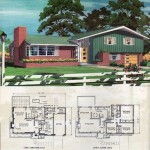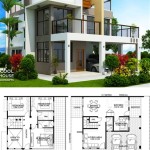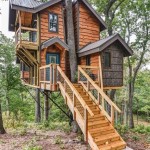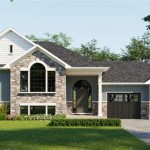Plans to Build a Cubby House
Building a cubby house offers a rewarding project for families and a fantastic space for children's imaginative play. Careful planning is essential to ensure a safe, durable, and enjoyable structure. This article outlines the crucial steps involved in planning a cubby house project, from initial design considerations to material selection and site preparation.
Design and Dimensions
The first step in planning a cubby house involves determining the design and dimensions. Consider the age and number of children who will be using the cubby house. A smaller, simpler design might suffice for younger children, while older children might benefit from a more complex structure with multiple levels or features like a slide or climbing wall. Sketching the desired design on paper helps visualize the final product and identify potential challenges. Accurate measurements are crucial to ensure the structure fits comfortably in the designated space and that materials are purchased in the correct quantities.
The design phase also includes considering accessibility. Ensure the entrance is appropriately sized and positioned for easy access. If the cubby house will be elevated, a sturdy and safe access method, such as stairs or a ramp, must be incorporated into the design. Ventilation is another important factor. Incorporate windows or vents to ensure adequate airflow and prevent the cubby house from becoming overly hot or stuffy.
Material Selection
Choosing appropriate building materials is crucial for the longevity and safety of the cubby house. Common options include timber, plywood, and plastic. Timber provides a classic, natural look and is durable if treated correctly. Plywood is a cost-effective and versatile option, suitable for walls, floors, and roofs. Plastic cubby houses are readily available pre-fabricated and are generally low-maintenance, but may lack the customizability of timber or plywood structures.
When selecting timber, opt for treated timber designed for outdoor use to resist rot and insect damage. Ensure all timber is smooth and free of splinters to prevent injuries. For roofing, consider weatherproof materials such as corrugated iron, asphalt shingles, or waterproof fabric. Fasteners, including nails, screws, and brackets, should be galvanized or stainless steel to prevent rust.
Choosing environmentally friendly and sustainable materials is also a worthwhile consideration. Reclaimed timber or sustainably sourced wood can reduce the environmental impact of the project. Using low-VOC paints and stains minimizes exposure to harmful chemicals.
Site Preparation and Foundation
Preparing the site where the cubby house will be built is a crucial step often overlooked. Choose a level area that is well-drained to prevent water accumulation under the structure. Clear the area of any debris, rocks, or vegetation. Marking out the perimeter of the cubby house with string and pegs helps ensure accurate placement and alignment.
A stable foundation is necessary for the structural integrity and longevity of the cubby house. Options include concrete slabs, paving stones, or timber bearers. A concrete slab provides a solid, level base, while paving stones offer a more permeable option that allows for drainage. Timber bearers raised off the ground can help prevent moisture damage and improve ventilation beneath the cubby house. The chosen foundation should be level and strong enough to support the weight of the structure and its occupants.
Consider the surrounding environment when preparing the site. Ensure adequate clearance from trees, fences, and overhead power lines. If the cubby house will be located near trees, consider the potential for falling branches and leaf accumulation. Check local building codes and regulations to ensure compliance with any setback requirements or other restrictions.
Construction and Safety
During the construction phase, prioritize safety at all times. Use appropriate safety equipment, including eye protection, gloves, and hearing protection when using power tools. Ensure all cuts are clean and precise to minimize the risk of splinters. Follow the chosen design plans carefully and double-check measurements before cutting and assembling materials. Secure all joints and connections firmly to ensure the structural stability of the cubby house.
If the cubby house will be elevated, ensure the stairs or ramp are securely attached and meet safety standards. Install handrails where necessary. Consider adding safety features such as non-slip surfaces on stairs and platforms. Regularly inspect the cubby house for any signs of wear and tear, and conduct necessary repairs promptly.

How To Build The Perfect Cubby House Make A

Top 10 Cubby House Plans In Roof Shingles For N Homes

Build Your Own Children S Play House Home Hardware

Top 10 Cubby House Plans In Roof Shingles For N Homes

Projects Diy Cubby House

Amazing Cubby House Ideas Lifespan Kids

The Cubby House Build

How To Build The Perfect Cubby House Make A

Projects Diy Cubby House

Cubby House Challenge Danpal

